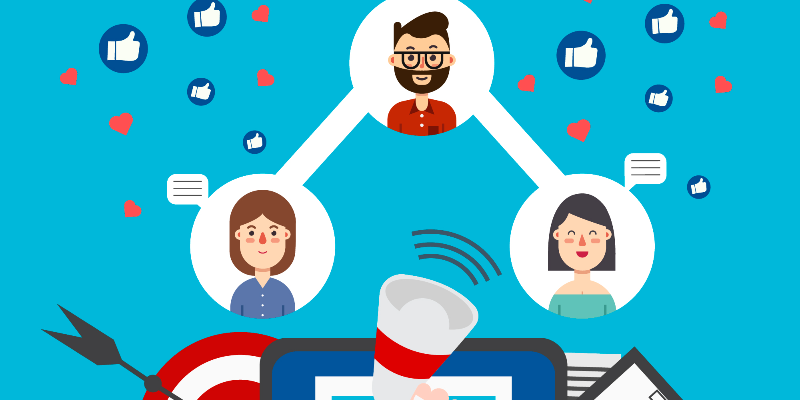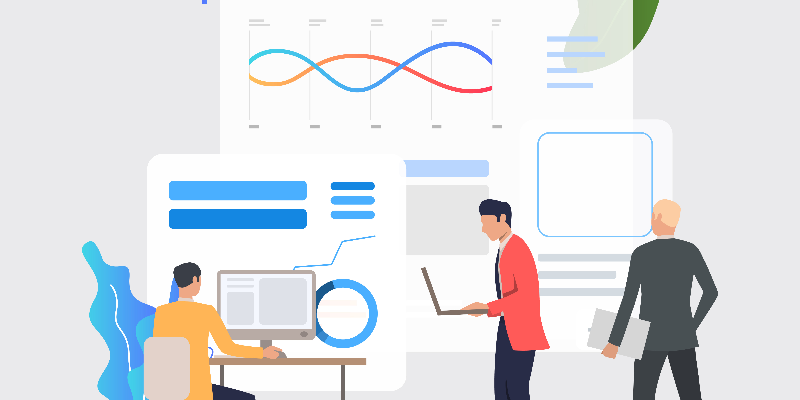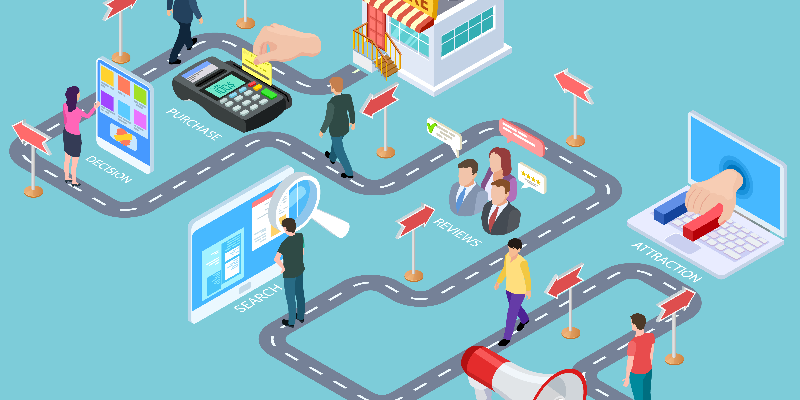

Running PPC campaigns today isn't just about flashing a banner and crossing your fingers. It's about
creating ads that reach the target audience when they're finally ready to act. Smart PPC audience targeting
strategies cut waste, conserve budget, and nudge you toward that rainbow called positive ROI.
Call it in-market targeting or just plain meeting buyers halfway. These folks aren't browsing aimlessly; they're hunting, comparing, tabbing out price lists, and weighing pros and cons. Search engines like Google stitch together clues from search terms, visited product pages, and clicked checkout buttons, then bundle everyone with the same purchase intent into one powerful google ads audience segmentation bucket.
Picture a shopper typing “best laptops under Rs.1 lakh.” That person is past the research stage and is almost ready to pull out their card. Your search ads, timed just right, show up before they wander to a competitor's landing page. Success is often that simple.
When you focus on in-market shoppers, the volume gamble drops away and pure performance steps in. These visitors are already half convinced, so your message can skip the early pitch and go straight to the value. Every impression then feels purposeful instead of filler. The difference is small on paper but often huge in results.
Google keeps reclassifying these groups as habits change, so your PPC targeting strategies ride the current and don’t waste time chasing yesterday’s trends.
One-size demographic tags rarely capture real-life variation. PPC audience targeting fixes that because it mirrors the quirks of actual interest. I’d target someone scanning eco-cushions today long after yesterday’s broader home decor push has faded. That small pivot can tighten cost-per-click and drive traffic that feels ready to buy.
Getting granular with Google ads audience details means you're talking to people who have already cracked open the door. These are potential customers already poking around your space, not casual passers-by, so your message lands in a context they understand. Whether you're creating ads for meditation apps, coding boot camps, fitness gadgets, or weekend getaways, tailoring the segment puts user intent at the center instead of guessing wildly.
Customer Match, as Google calls it, turns that instinct into a measurable act. You already know how to earn trust; now you pour that trust into follow-up PPC campaigns that reward it. Upload a roster of shoppers, newsletter fans, or loyal app tappers, then watch them resurface in Search Ads, YouTube, Gmail—pretty much anywhere the system runs.
Here’s the cherry on top: the platform quietly sifts through petabytes of data and hands you lookalike crowds that behave like the people who’ve spent money before. The PPC audience targeting scale grows without the fresh guesswork, so confidence stays high, and the conversion pie keeps swelling.
If you’re working with a PPC Agency in Chennai, they’ll help you make the most of these matched audiences, increasing returns with every round of optimization.
Big life events can push people into stores, both online and off, faster than anything else. A recent graduate heading for their first apartment is suddenly on the hunt for furniture, internet, maybe even renters' insurance. Major moments—moving, graduating, getting hitched, or becoming a parent—open potential customers to fresh offers. Google can line up your ads with those very crossroads.
Position ads around those life events, and you meet emotion with relevance. It’s less salesy and more, “Hey, I see what’s happening—here’s something that can help.” Timing like that keeps brands from feeling like strangers when customers need a friendly hand. A data-driven PPC Agency can help time these ads perfectly for maximum emotional impact.
Website traffic is its own treasure map. Spend a few minutes watching which buttons, links, and menus get the most love. A visitor who lingers on pricing pages or drops off mid-checkout is giving away hints about their intent.
Turning that behavior into segments is straight-up smart marketing.
Someone circling your Plans & Pricing page for the third time usually wants proof, so show them a coupon or a user story. That one adjustment—being able to swap generic retargeting for tailored nudges—makes every dollar you spend on PPC Services work a little harder.

Good PPC targeting strategies aren’t just about who you pull in; they're also about who you leave out. Picture a brand that sells diamond-studded watches. Hand over your budget to someone searching for the cheapest timepiece, and you might as well light a match to the money. Audience exclusions and negative search terms do the heavy lifting, keeping the tire-kickers at bay.
This kind of precision keeps your bidding strategy efficient and ensures that only the most relevant Google ads audience gets to see your ads.
The step itself is almost laughably simple, yet it keeps your cash away from low-value clicks. You’re not collecting headlines; you're courting potential customers who pull out a card. Fewer visitors, yes—but better ones.
People behave differently on a smartphone than on a desktop, and they certainly behave differently at noon compared to midnight. Mobile users might thumb through products on a packed train while a laptop owner researches side-by-side specs during lunch.
Look at that traffic map long enough, and you'll see the peaks and valleys start waving at you. Bids that surge at night are wasted if the ads still look like they’re faxed from 2001. Small tweaks—ratchet up evening mobile bids, polish that fast-loading design, and add up to show ads when the calls to action are most likely to land. The right PPC Services partner will know how to execute these adjustments effectively.
Visitors rarely swipe their cards on the first browse, and that’s perfectly normal. Dynamic remarketing quietly nudges them by showcasing the precise items they examined. Those tailored banner ads trail them through news sites, social media, and the odd weather app, keeping the brand name fresh and enticing them to click again.
The approach is subtler than it sounds. Rather than drumming sales jargon in their ears, it patiently waits until they're ready, letting familiarity melt their hesitation. Quite often, a single, well-timed reminder flips the mental switch from “I might buy this” to “I’d like it on my doorstep tomorrow.” That’s the subtle power of PPC audience targeting paired with a smart remarketing setup.
Shoppers roam the internet like tourists with fifteen open tabs. One day, they double-tap an influencer photo, the next, they skim a long-winded blog, then they pause over a YouTube demo, and eventually, they fire a search term into Google. Capturing every stop gives marketers the complete story and reveals which channel earns the sale.
A combination of Google Analytics hooks and multi-touch attribution allows the stitching together of disparate breadcrumbs. Budget dots can then be drawn where actual influence lives, budgets can flow there, and the tone of the next message can match the mood of whatever platform comes next.
This full-funnel approach is increasingly central to PPC targeting strategies that deliver measurable, repeatable results.
People move through purchases at their own pace. A few visitors know little and simply browse the headlines, others stack side-by-side feature charts, and a handful are already entering credit card digits.
Craft three different messages and let the moment dictate the one that appears. Newcomers want doorway content that explains, shoppers in the middle crave comparisons, and decisive buyers respond to urgency, whether that shows up as a 48-hour promo or a no-strings free trial.
Tailoring your ad group content to match these buyer stages will dramatically improve your overall PPC audience targeting and lower the cost per acquisition.

Smart, selective PPC targeting strategies beat blasting the whole web. When your dollars track the Google ads audience with genuine intent, not just curiosity, efficiency climbs, and ROI follows. Run a small test this week, tighten the feedback loop, and soon the Google Ads dashboard will wear a friendlier shade of green.